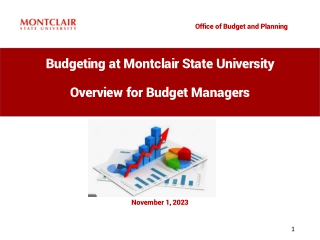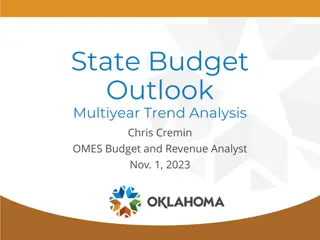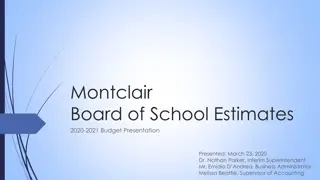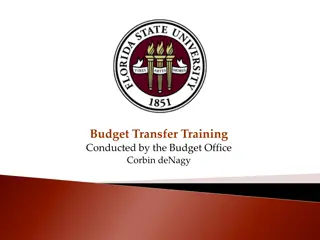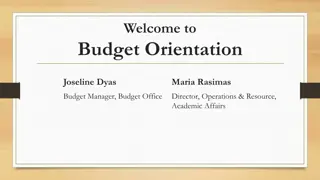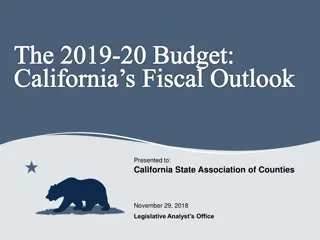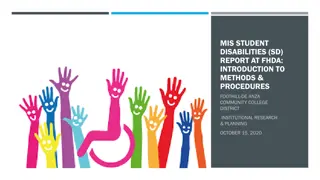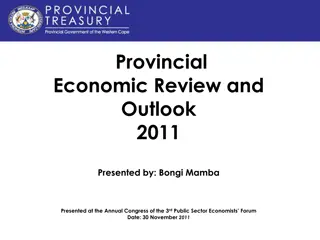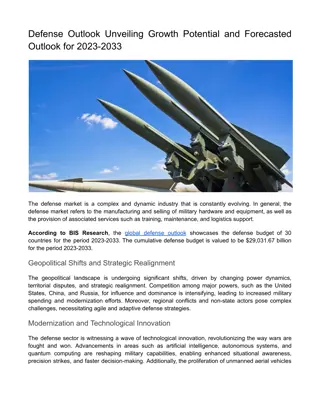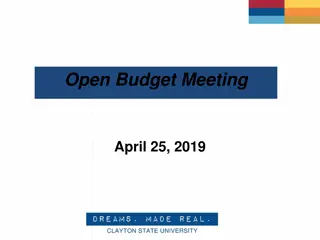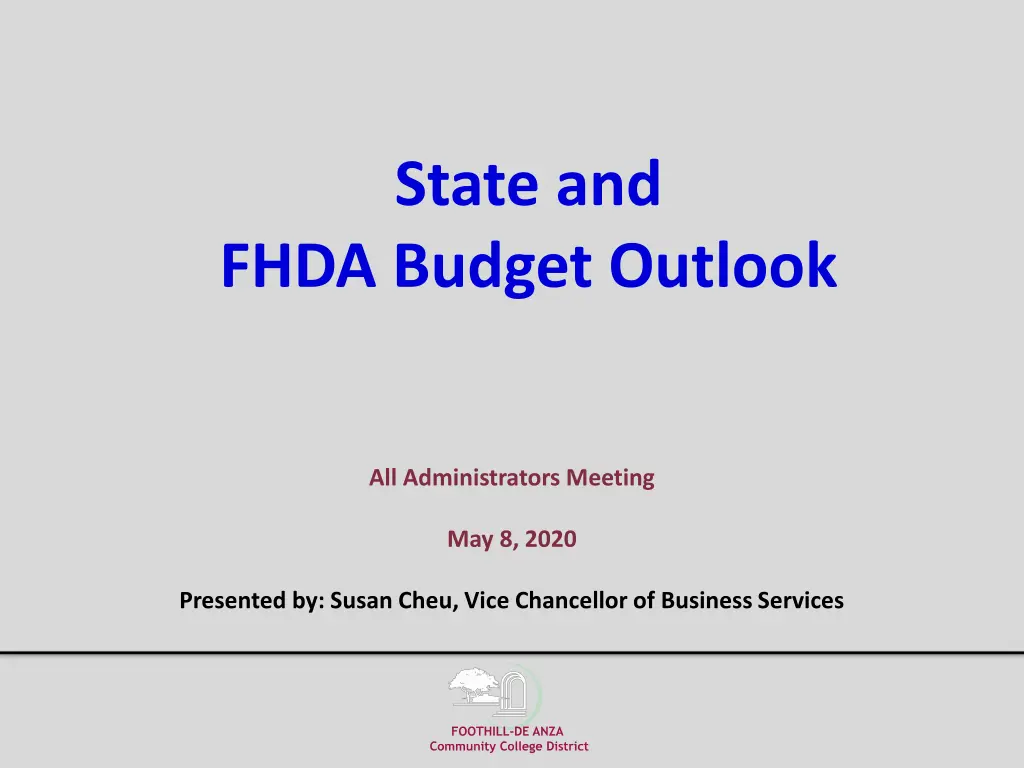
FHDA Budget Outlook 2020: Revenue Risks and Future Challenges
Explore the detailed analysis of FHDA's budget outlook for 2020, highlighting revenue risks, potential deficits, impact of COVID-19 on self-sustaining programs, and uncertainties surrounding categorical income. Understand the financial implications and strategic planning required for navigating future challenges in the education sector.
Download Presentation

Please find below an Image/Link to download the presentation.
The content on the website is provided AS IS for your information and personal use only. It may not be sold, licensed, or shared on other websites without obtaining consent from the author. If you encounter any issues during the download, it is possible that the publisher has removed the file from their server.
You are allowed to download the files provided on this website for personal or commercial use, subject to the condition that they are used lawfully. All files are the property of their respective owners.
The content on the website is provided AS IS for your information and personal use only. It may not be sold, licensed, or shared on other websites without obtaining consent from the author.
E N D
Presentation Transcript
State and FHDA Budget Outlook All Administrators Meeting May 8, 2020 Presented by: Susan Cheu, Vice Chancellor of Business Services
State Budget Picture Overall tax revenues will be reduced Sales Tax Personal Income tax (2/3 of State s General Fund revenue) Corporate Income tax Other taxes, such as gas tax Potential 20% reduction in guaranteed funding as calculated by Proposition 98. Prop 98 generally ensures 40% of State General Fund Revenues go to K-14 11% of the Proposition 98 funding goes to community colleges. FHDA generally receives 2.1% of the community college total. In FY 2019-20 this amount was $156.9 million. May revision with additional August Revision Tax filing deferred to July 15th Other economic indicators
FY 2019-20 FHDA Revenue Risks Possibility of a deficit factor being applied $1.56 million for every 1% January reports included 3.689% deficit factor Equivalent to $5.8 million Impact of loss of activity generated income for Spring Quarter Parking Bookstores/Dining Services Child Development Center
FY 2020-21 FHDA Revenue Risks A potential high of 20% reduction in Prop 98 funding $156 million X 20% = $31 million Potential deficit factor Property Tax Enrollment Income Educational Protection Act (EPA) Non-resident revenue comprises $26 million or 15% of FHDA s General Fund Revenue Lottery revenue of $4.2 million Local revenue allocated to campuses of $1.4 million Hold Harmless is not guaranteed $13 million for FY 2019-20
Self-Sustaining and Enterprise Programs Shelter-in-place has eliminated revenue generating abilities for most of the self-sustaining and enterprise functions For example, Bookstores, Dining Services, Child Development Center, Facility Rentals Deficits will require either using individual fund balances or General Fund support Student fee funded areas, such as Parking are adversely affected What will the future look like if social distancing measures require continued remote learning environment?
Categorical Income Uncertainty about availability of future state funding Strong Workforce Student Equity and Achievement (SEA) Program These programs have ongoing costs that have been incorporated into the campus services. Proposed consolidation of programs into one budget line
FHDA Expense Risks Additional costs due to COVID-19 preventative measures Potential requirements Smaller class size to allow physical distancing Additional sanitary supplies and cleaning services Changing fixtures to provide social distancing CARES Act funding only applies to remote learning environment FEMA reimbursement is uncertain COLA and other annual compensation increases Mandatory Pension cost increases Anticipated health care cost increases
Likelihood of Basic Aid Status A district is considered in Basic Aid status when State Apportionment < local sources (property tax and student enrollment fees). For FY 2019-20: FHDA State Apportionment = $156.9 million (base of $143.9 million + hold harmless of $13 million) Local sources = $145.2 million (projected property tax of $125.2 + student enrollment fees of $20.5 million) Based on these projections the District would need $11.7 million more in local revenue sources to reach Basic Aid status We are shrinking down to Basic Aid, not growing into it Loss of 4,100 FTES in enrollment over last five years District would still experience budget reductions If hold harmless is lost and everything else held stable, based on a 5% assessed value growth rate, it would take 2-3 years to recover to FY 2019-20 revenue level NOTE: Non-resident is not part of this calculation
Summary of Likely Risks Revenue Reduction in Prop 98 funding (up to $31 million) Potential deficit factor ($1.56 million to ??) Non-Resident revenue (up to $13 million at 50%) Hold harmless ($13 million) Local revenue ($1 million) Expenses COVID-19 expenses ($??) Recent 6% COLA was $7.3 million; $500,000 step/annual increases Pension obligation of $2.6 million for STRS/PERS Expected rise in health care costs Self-Sustaining and Enterprise Programs Lack of ability to generate funding (Over $1 million) Categoricals Potential loss of funding due to state budget crisis ($??)

